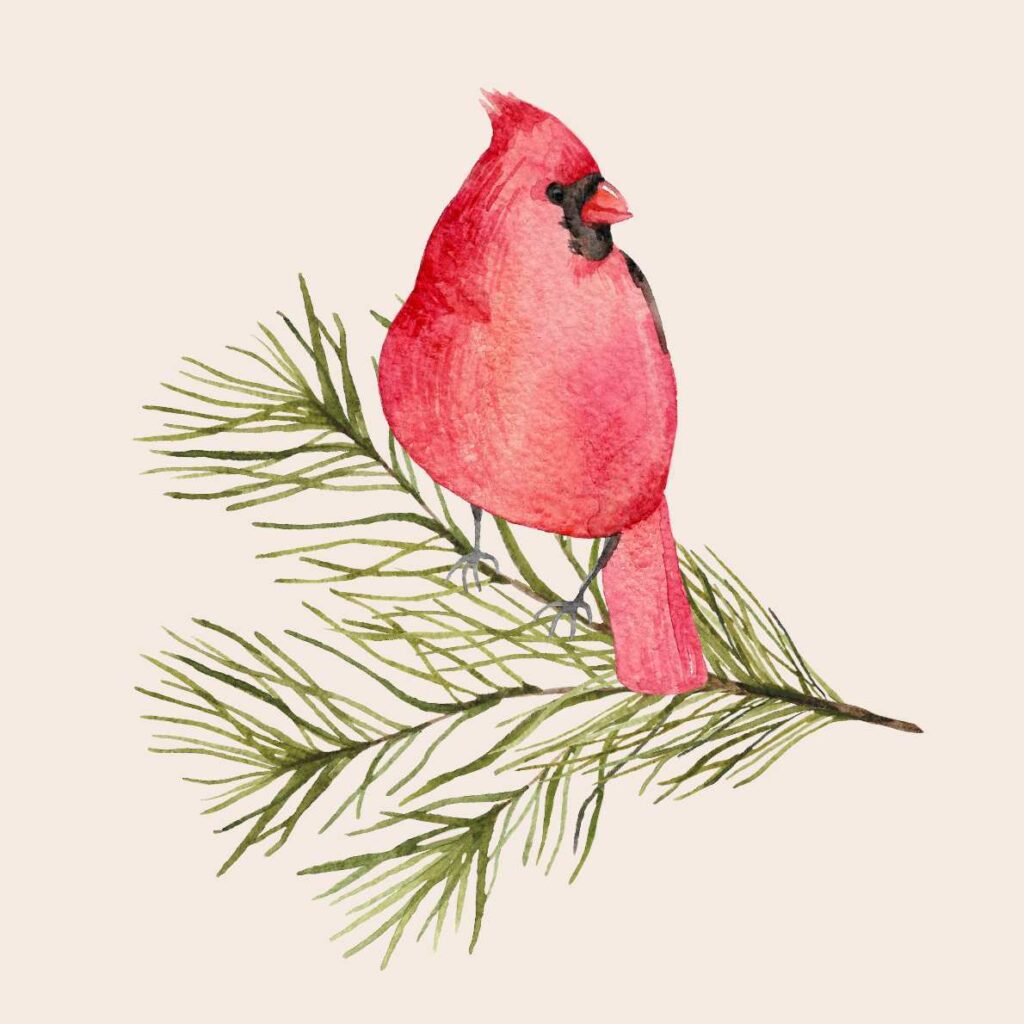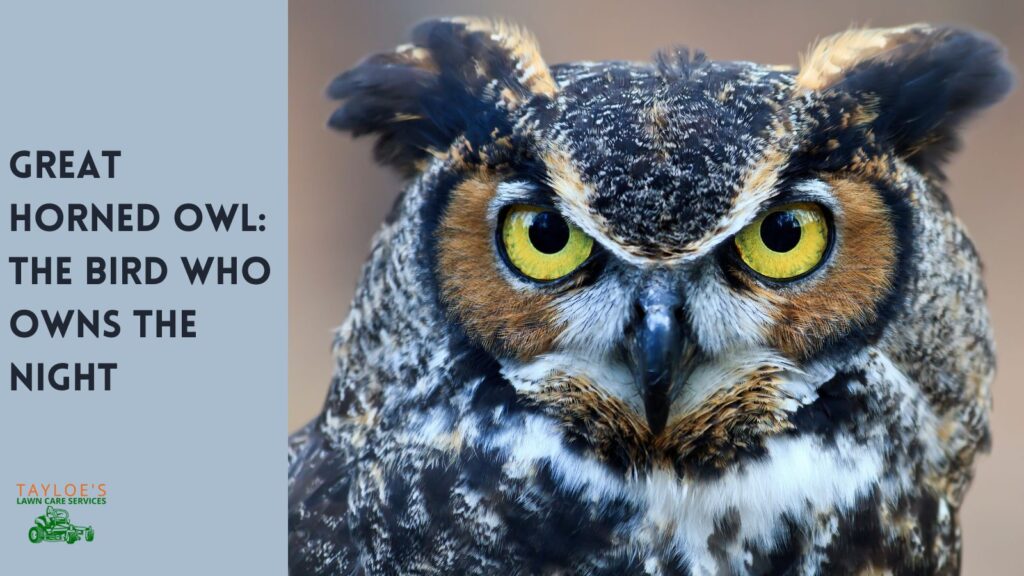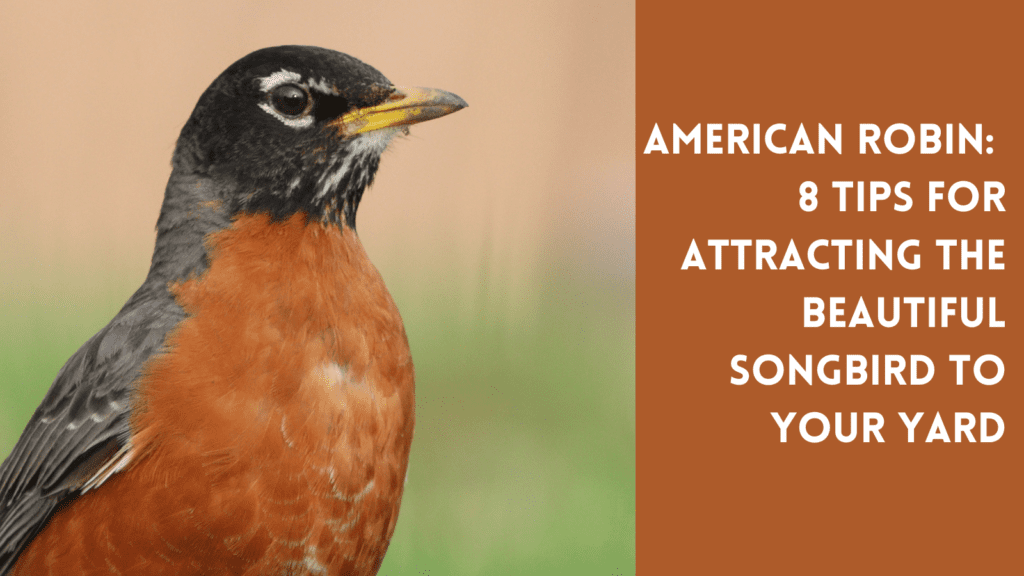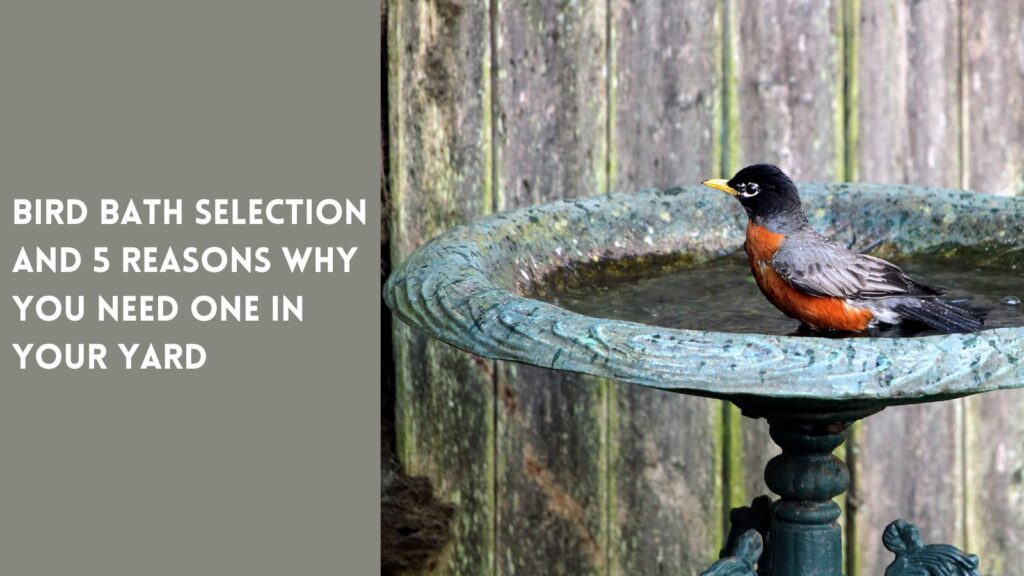Last Updated on: 20th May 2024, 06:06 am
Cardinalis cardinalis is a beautiful sight to behold.
Northern Cardinal, or the redbird or common Cardinal, is a beautiful and iconic bird species across North America. Its scientific name is Cardinalis cardinalis, which originated from the Latin word “cardo.” That Latin root translates to hinge or pivot in English and refers to the bird’s importance and prominence in its ecosystem.
Are Northern Cardinals Common in the United States?
Northern Cardinals are a reasonably common bird species across their range, which includes most of the eastern and southeastern United States, parts of Mexico, and some Central American countries. They are also non-migratory birds, meaning they do not travel long distances to breed or overwinter.
While population estimates vary, the International Union for Conservation of Nature (IUCN) lists the global population of Northern Cardinals as stable, and the species is not threatened or endangered.
In fact, the Northern Cardinal is one of the most recognizable and beloved bird species in North America, and its striking red plumage and beautiful song make it a famous sight and sound in many parks, gardens, and backyards.
However, like many bird species, Northern Cardinals can face threats such as habitat loss and predators (including domestic cats) which can impact their populations and distribution. Therefore, it is critical to continue monitoring and protecting these beautiful and iconic birds, ensuring they continue to thrive and contribute to the biodiversity and beauty of their habitats.
These birds are highly adaptable and will survive in various habitats, including forests, woodlands, swamps, and suburban areas. They prefer areas with dense vegetation and tall trees to hide from predators and build their nests.
The Gorgeous Appearance and Songs of the Redbird
One of the most remarkable and distinctive features of the Northern Cardinal is its bright red plumage, which is more vibrant in males than females. Males have a red crest on their head, a red beak, and a red body, while females have a reddish-brown coloration with a hint of red on their crest, wings, and tail. Both males and females have black masks around their eyes and a distinctive crest on their heads.
Northern Cardinals are medium-sized birds, measuring eight to nine inches long and weighing between 1.5 and 1.7 ounces. Their wingspan ranges from nine to twelve inches. Males and females are roughly the same, although male birds tend to be somewhat larger than females.
In addition to their bright red color, Northern Cardinals are also known for their beautiful singing voices. Males sing complex and melodic songs, which they use to attract females and defend their territory. Females also sing, but their songs are shorter and less complex than the males.
The Northern Cardinal is a monogamous bird species; pairs usually mate for life. Breeding season for Northern Cardinals typically occurs in the spring and early summer, and females lay three or four eggs at a time. Both males and females share responsibility in incubating the eggs, which hatch after eleven to thirteen days.
Where Do Cardinals Go At Night?
Like many birds, Northern Cardinals roost at night to rest and conserve energy for the next day. However, where they roost can vary depending on weather, season, and habitat.
During the breeding season, male and female Northern Cardinals often roost separately in different locations. Males may roost in shrubs or trees, while females usually roost on or near the nest. This separation helps to protect the eggs or chicks from potential predators.
Outside of the breeding season, Northern Cardinals may form communal roosts with other individuals of their species. These roosts can consist of dozens or even hundreds of birds and can rest in a variety of locations, including dense vegetation, evergreen trees, and brush piles.
In the winter, Northern Cardinals may also seek out roosting locations that offer protection from cold and harsh weather. This protective spot can include dense evergreen trees or thickets that provide shelter from the wind and snow.
Overall, Northern Cardinals are adaptable birds that can roost in various locations depending on their needs and the conditions of their environment.
Northern Cardinals Are a Vital Part of the Ecosystem
In addition to their beauty and song, Northern Cardinals are also ecologically important. They are seed eaters and help to disperse seeds throughout their habitats, contributing to the growth and regeneration of forests and woodlands. They also (unfortunately) serve as a food source for many predators, including hawks, owls, and snakes.

What Does the Northern Cardinal Symbolize to Many?
The Northern Cardinal, or Cardinalis cardinalis, is a bird species with significant symbolism and cultural significance in many societies. The striking red plumage of the male Cardinal has made it a symbol of passion, vitality, and energy in many cultures, while the bird’s strong and resilient nature has also made it a symbol of courage and strength.
In Native American cultures, the Northern Cardinal was often associated with the sun and believed to bring good luck and positive energy to those who encountered it. Some tribes used the bird’s feathers in traditional healing practices, while in others, this beautiful red bird represented a messenger from the spirit world.
In Christian symbolism, the Northern Cardinal is associated with the blood of Christ and symbolizes faith, loyalty, and devotion. The bird’s red color represented the blood shed by Jesus Christ on the cross, while the bird’s strong and unwavering presence represented the steadfast faith of the believer.
In many cultures, the Northern Cardinal signifies love and relationships. The bird’s bright red coloration and melodious singing voice have made it a symbol of romantic love, and the bird’s monogamous mating habits have made it a symbol of fidelity and devotion in marriage.

Eight Ways to Attract the Northern Cardinal to Your Yard
If you’re interested in attracting Northern Cardinals to your backyard, there are several steps you can take to create an inviting habitat for these beautiful birds:
- Provide a reliable source of food: Northern Cardinals primarily eat seeds, so provide steady supply of seeds to help attract them to your backyard. Try offering a mix of sunflower and safflower seeds in a bird feeder. They also enjoy cracked corn, suet, and mealworms.
- Offer water: Cardinals also need access to water for drinking and bathing. Consider adding a bird bath or small fountain to your yard to provide fresh water.
- Plant native trees and shrubs: Northern Cardinals prefer to nest and roost in dense vegetation, so planting native trees and shrubs can provide the necessary cover and shelter.
- Use bird-friendly landscaping: Incorporate bird-friendly landscaping features like a brush pile or dead tree, which can provide additional cover and nesting sites.
- Provide perches: Cardinals like to perch in open spaces to scan for food or predators, offering perches such as branches or birdhouses can attract them.
- Avoid chemicals and pesticides: Pesticides can harm insects and other tiny organisms that Cardinals rely on for food. Try to use natural pest control methods instead.
- Avoid keeping outdoor cats: Cats are a significant predator of Cardinals, so keeping outdoor cats indoors can help reduce predation.
- Be patient: Attracting Northern Cardinals to your backyard can take time, so be persistent, consistent, and patient.
These tips can help you to create a bird-friendly backyard that attracts Northern Cardinals and other beautiful bird species while supporting biodiversity and ecosystem health.

The Takeaway: The Common Cardinal Is a Beloved Native North American Bird Species
The Northern Cardinal, Cardinal cardinalis, is a beloved and vital bird species in North America, known for its striking appearance, beautiful song, and ecological significance. Its adaptability and resilience have allowed it to thrive in many different habitats, and its presence is a welcome sight for birdwatchers and nature enthusiasts across the continent.
Author Profile

- Deborah Tayloe is the CEO and co-founder of Tayloe's Lawn Care Services, LLC. She has a B.S.Ed and holds certificates in soil and water management and herbology from accredited programs.
Latest entries
 Trees and ShrubsApril 22, 2025Boxwood Blight: Early identification and isolation
Trees and ShrubsApril 22, 2025Boxwood Blight: Early identification and isolation Flower GardenApril 8, 2025John F. Kennedy Rose: Hybrid tea rose with elegant white blooms
Flower GardenApril 8, 2025John F. Kennedy Rose: Hybrid tea rose with elegant white blooms Vegetable GardenMarch 24, 2025Trellis vegetables provide an abundant vertical garden harvest
Vegetable GardenMarch 24, 2025Trellis vegetables provide an abundant vertical garden harvest GardeningMarch 17, 2025Are coffee grounds good for compost?
GardeningMarch 17, 2025Are coffee grounds good for compost?





